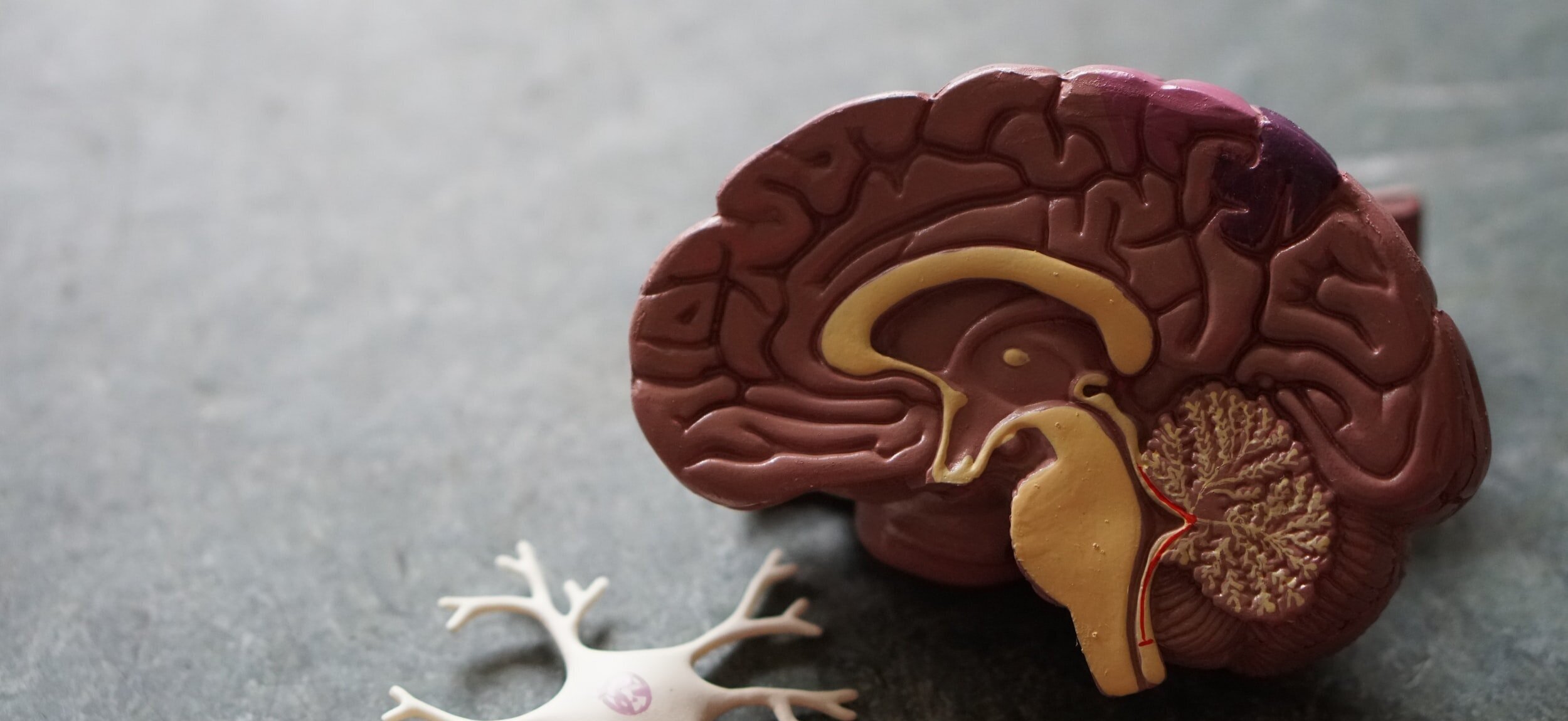What is Hypnotherapy & How does it Work?
These are questions that I hear asked ALL the time so I figured it was worth taking a few moments to explain a few things in easy everyday language.
I practice a modality of hypnotherapy called Rapid Transformational Therapy which incorporates the ancient healing practice of hypnotherapy with modern therapeutic approaches such as Neurolinguistic Programming (NLP), Clinical Behavioral Therapy (CBT), Positive psychology, psychotherapy, energy medicine and more. Despite its many myths and misconceptions, it is based on science and not magic.
What is hypnotherapy?
Hypnotherapy is a form of alternative medicine, in which hypnosis is used to develop a state of focus or ‘trance’ in an individual's mind. Through positive suggestions and guided imagery, a hypnotherapist can guide a client towards healing their problems and concerns from the past and present. It is particularly helpful in helping client deal with incidences from their past that have been subdued or forgotten over the years but the effects of which are having a negative impact on the person in their daily lives.
How does it actually work and what is the science behind it?
Hypnotherapy or hypnosis works by helping them focus on one particular thing. The person is distracted from their immediate surroundings putting their focus elsewhere. This helps the brain enter a state of ‘trance’. This state is not very different from what we experience as ‘flow’ in our everyday lives, similar to the feeling of being lost in a task or feeling deeply relaxed in comfortable surroundings.
Within this state, the client can deal with their emotions in a more objective way that they often can’t properly put into words outside of hypnosis. It also helps to deal with pain and bad choices in an effective way, to release old unwanted feelings and baggage and heal deep wounds to our psyche that go unseen but are deeply felt.
The way this technique works can be explained by the working of the brain. The neuroimaging of the brain shows that it is the left side of our brain that helps us with the mundane cognitive activities, whereas the right-sided brain stores all the subconscious memories we make when we are least aware of them. Getting access to these memories helps clients acknowledge and deal with pain, discomfort or change their harmful habits. It also helps clients to resurface past traumatic memories that might still have control over them so that they can finally be released and healed in the present.
Hypnotherapy can be used to heal both physical and psychological ailments. A study conducted on 200 patients of breast cancer, who received sessions of hypnotherapy for a duration of 15 minutes, showed that they had better control over their side-effects after their surgery, which reduced their medical costs greatly.
Confusions/myths regarding hypnotherapy
The Hollywood version of hypnotherapy has a lot to answer for in creating the myths about mind control, odysseys and quacking like ducks. Hypnotherapists do not have complete control over the mind of their clients. The client is in control at all times and is alert and aware of their surroundings during the session. They won’t do something that they don’t want to do. In fact, hypnotherapy puts you in touch with your inner truth making it almost impossible for anything misaligned or out of integrity for the client to do.
Hypnotherapy has been around for Millenia and is in a constant state of evolution bringing it into modernity. Although people often view it as alternative and mysterious, hypnotherapy is grounded in neurobiology, psychology and science. The results can seem like magic.
References
Williamson A. What is hypnosis and how might it work?.
Montgomery GH, Bovbjerg DH, Schnur JB, David D, Goldfarb A, Weltz CR, Schechter C,
Graff-Zivin J, Tatrow K, Price DD, Silverstein JH. A randomized clinical trial of a brief hypnosis intervention to control side effects in breast surgery patients. Journal of the National Cancer Institute. 2007 Sep 5;99(17):1304-12.
Cojan Y, Waber L, Schwartz S, Rossier L, Forster A, Vuilleumier P. The brain under self-control: modulation of inhibitory and monitoring cortical networks during hypnotic paralysis. Neuron. 2009 Jun 25;62(6):862-75.
Lang EV, Rosen MP. Cost analysis of adjunct hypnosis with sedation during outpatient interventional radiologic procedures. Radiology. 2002 Feb;222(2):375-82.

